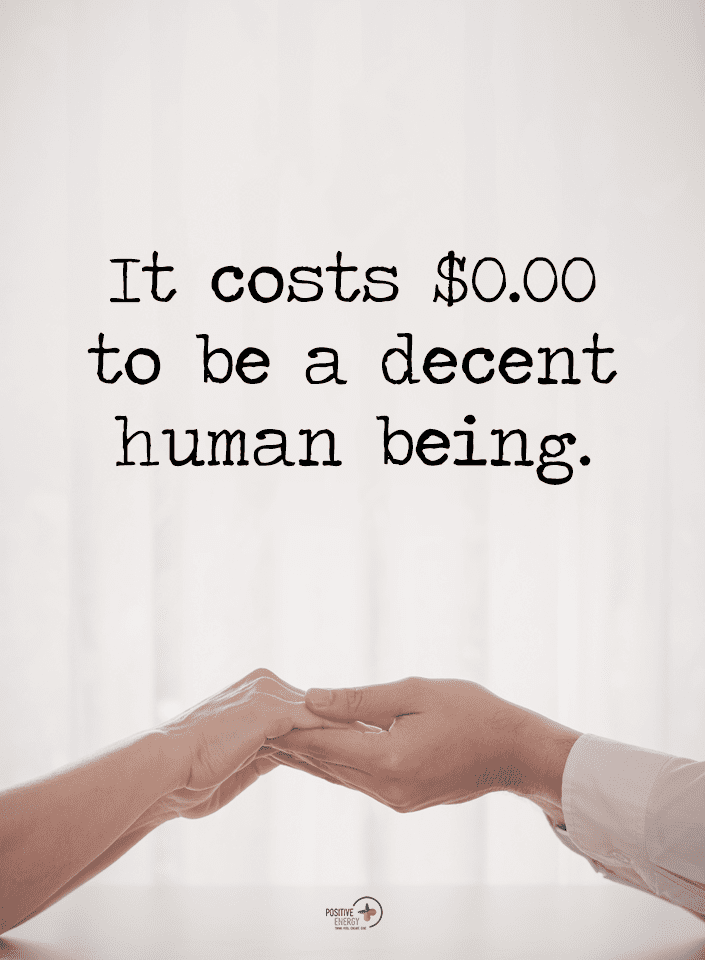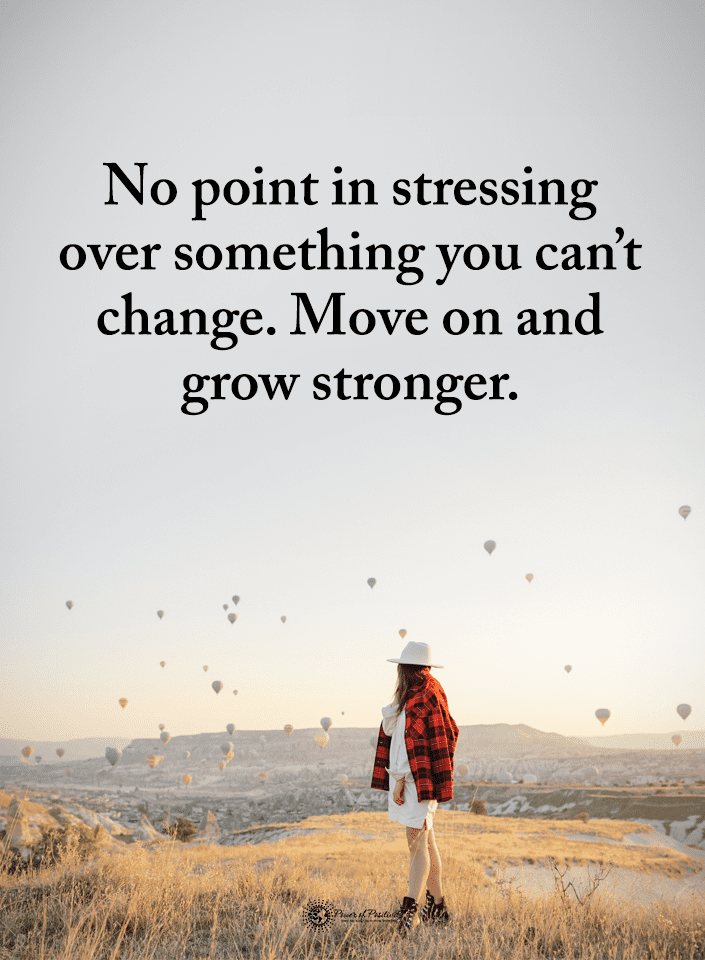Here’s why your new love may be hard to read.
In a new relationship, the steps are seldom straightforward. Picture this. Your partner showers you with affection at one moment. But the next, they’re as distant as the horizon. Your heart is left in a perplexing limbo, tethered between assurance and doubt. Mixed signals, a perplexing paradox of love and hesitation, can create confusion and insecurity in relationships.
But what if we told you these seemingly contradictory actions are not random? Instead, is it a cryptic language just waiting for you to decipher?
This article will dive deep into the ten reasons why your partner might send you mixed signals. It will also help you understand their behavior and guide you through the fog of confusion with intelligence and grace.
How Can Mixed Signals Damage Relationships?
Understanding mixed signals can often feel like playing the classic children’s game of Telephone, where the original message gets distorted with every subsequent whisper. It leads down the road to confusion and misinterpretation. When mixed signals arise from unintentional, poor communication, the relationship may become a series of misunderstandings and unmet expectations.
However, this situation is often salvageable despite its complex nature. Open, honest communication, where partners clarify their intentions, desires, and expectations, can realign the relationship. Thus, they can ensure the original message remains clear.
Conversely, when mixed signals stem from an unconscious, unspoken desire to exit the relationship, the scenario becomes more untenable. Here, the mixed signals might manifest internal conflict, where one partner is not entirely honest with themselves or their partner. They may hide their true feelings and intentions.

The Potential Aftermath
This situation can create a toxic environment where one partner is left deciphering signals while the other gradually distance themselves emotionally and physically. This toxicity can lead to a gradual decay of the relationship. The fundamental lack of honesty and transparency can foster an environment of suspicion, hurt, and eventual breakdown.
The antidote to the perils of mixed signals lies in transparent, honest, and open communication. Both partners deserve to feel safe to express their feelings, desires, and concerns without fear of judgment or retribution.
Ten Reasons Your Partner Sends You Mixed Signals and How to Deal With It
Whether the mixed signals result from poor communication or an unspoken desire to exit, addressing them head-on, with empathy and honesty, is crucial in determining the path forward for the relationship.
Watch for these signals:
1. Mixed Signals May Mean a Fear of Commitment
Navigating through a sea of emotions, we often find ourselves anchored by the weight of commitment fears. Your partner may hope to avoid discussions about the future or seem uneasy when conversations steer toward more serious topics. The mixed signals might be a manifestation of this fear.
Take, for instance, Sam, who always finds a way to change the topic whenever marriage or moving in together comes up. It’s not the lack of love but perhaps a fear of being anchored to something too profoundly or quickly.
How to fix it:
The advice for addressing this fear is to communicate openly about your expectations. You should also gently explore your partner’s fears or reservations regarding commitment. It’s crucial to approach such conversations with understanding and patience. Provide for their vulnerabilities without pressing them into a corner.
2. Insecurity and Low Self-Esteem
Insecurity can be a silent saboteur in relationships. In fact, it’s expert at disguising itself through mixed signals. When a partner frequently compliments you but deflects or downplays compliments directed towards them, it might reflect their internal battle with self-worth.
Consider Andre, who always lights up when showering you with praises. Yet, he shies away, almost uncomfortably, when the spotlight of admiration is on him.
How to fix it:
This behavior might stem from a place where they do not see themselves worthy of love. The pathway through this delicate situation involves reassurance and gentle encouragement. Reassure them of your feelings and encourage them to share their insecurities without fear of judgment. It’s a concern that might require time and consistency. Your unwavering support could slowly help them build a bridge over the chasms of self-doubt.
3. Mixed Signals Might Relate to Past Trauma or Hurt
The ghosts of past relationships or personal traumas can often linger in the corridors of new connections. Thus, they may cast shadows that cause your partner to send mixed signals.
Imagine Marta, who envelops you with warmth and affection one day, only to retreat into a shell the next, especially after moments of emotional depth or intimacy. This back-and-forth between closeness and withdrawal might be a protective mechanism. For Marta, it is a safeguard against the vulnerabilities that led to past pain or disappointment.
How to fix it:
Fixing this hesitancy requires a compass of patience and empathy. Providing a safe space for them to share their past without pressure or judgment can help heal. So, while your support is vital, suggesting professional help might also be a step to ensure they navigate their past traumas healthily and constructively.
4. Lack of Clarity About Their Innermost Feelings
Human emotions can sometimes be a perplexing journey. Thus, a lack of clarity about one’s feelings can often translate into mixed signals in a relationship.
Picture Jose, who seems utterly smitten during your dates, hanging on to every word you say. But he becomes a distant echo in the virtual world, taking days to respond to your messages. This inconsistency might not be a reflection of their feelings towards you. Instead, it’s an internal conflict, an uncertainty about what they need from a relationship.
How to fix it:
Provide your partner with the space to figure out their feelings. But it’s also essential to establish your boundaries and communicate your needs regarding communication and availability. While they navigate through their emotions, you must not ignore your emotional well-being.
5. Trying to Keep Things Casual
The breezy winds of a casual relationship can sometimes blow in mixed signals, especially when one partner desires something more profound.
Consider Casey, who revels in your company, sharing laughter and stories. Still, Casey introduces you merely as a ‘friend’ to others. This juxtaposition of intimate moments and a public display of casualness may stem from a desire to keep things light and uncommitted.
How to fix it:
Fixing this behavior involves openly and honestly discussing relationship statuses and expectations. Be clear about your desires and needs in the relationship. Also, you must encourage your partner to be transparent about their intentions. It’s essential to recognize and respect each other’s positions and decide whether they align or if a compromise is possible and healthy for both.
6. Mixed Signals May Reveal That They Are Seeing Someone Else
A partner who is romantically or emotionally involved with someone else can often emit mixed signals into your relationship.
Take Jamie, for instance, who crafts beautiful moments with you. But they often shroud other plans in vagueness – unusually protective of their phone. This secretive behavior and partial emotional availability indicate divided attention and affection.
How to fix it:
Addressing such a delicate situation demands directness and honesty. Express your observations and feelings to your partner. Make the need for transparency and sincerity in the relationship with your partner. Approach the conversation without accusations and from a place of seeking understanding and clarity.
7. Fear of Vulnerability
The fortress built around one’s emotions can often send mixed signals in a relationship. This behavior may stem from a fear of vulnerability,
Picture Alex, who creates moments of light-hearted fun and joy with you but becomes an impenetrable fortress during deeper, emotional conversations. This resistance to delve into emotional depths might shield them from the potential hurt that vulnerability might bring.
How to fix it:
Addressing this behavior requires an environment where vulnerability is welcomed and reciprocated. Sharing your own emotions, fears, and insecurities can gently invite them to open up. Encourage a space of non-judgment and empathy.
8. They Are Testing the Waters
A partner unsure of what they seek might dip their toes into different waters, sending ripples of mixed signals your way.
Consider Jordan, who flirts with you consistently, creating a bubble of exclusivity. But she also flirts with others. This balancing act between showing interest and maintaining distance might be their way of keeping options open while they figure out what they truly want.
How to fix it:
The key to fixing this situation is establishing clear boundaries and communicating your stance on exclusivity and commitment. Engage in a conversation where you express your feelings. It would help if you asked them to be straightforward about their intentions and desires. Understanding where you both stand is essential to ensure that neither of you is left unknowingly navigating through uncharted territories.
9. Mixed Signals May Indicate Emotional Unavailability
An emotionally unavailable partner can often present a perplexing array of signals that are difficult to decipher.
Imagine Taylor, your pillar of support and joy during the good times. But she becomes a distant silhouette during periods of emotional or personal challenges. This selective availability might stem from an inability or unwillingness to navigate emotional depths, possibly due to past hurts or inherent personality traits.
How to fix it:
Understanding and navigating these mixed signals requires recognizing a partner’s emotional capacity. It also means deciding whether it aligns with your needs in a partner. It’s vital to communicate your emotional needs and understand theirs, ensuring that the relationship does not sail into a storm where emotional needs are unmet and neglected.
10. Fear of Losing Independence
The desire to maintain one’s independence can sometimes send mixed signals, especially when it conflicts with a relationship’s natural progression of intimacy.
Consider Cate, who cherishes the moments spent with you. But she also fiercely maintains a separate, independent social life. This insistence on preserving a degree of separation might stem from a fear of losing their independence or identity within the relationship.
How to fix it:
Resolving this means respecting a partner’s need for independence. But you should also communicate your desires. It’s a delicate balance where both partners respect each other’s individuality while nurturing their relationship.
Final Thoughts on Getting Mixed Signals From Your Partner
Being part of a relationship with too many mixed signals can be a journey fraught with emotional ebbs and flows. The oscillation between warmth and distance can often leave one feeling adrift in a sea of uncertainty. Understanding the roots of these mixed signals, whether from emotional complexities, communication disparities, or divergence of intentions, is the key to dealing with them.
Clarity and mutual understanding form the bedrock of trust and intimacy. Therefore, mixed signals can erode this foundation. They also lead to a chasm that widens with every unspoken word and unclarified action. It’s imperative to approach such situations with empathy and understanding. Most importantly, it demands good communication.
So, engage in dialogues that seek to understand rather than accuse. Recognize the importance of emotional well-being, both yours and your partner’s. You will ensure the relationship is a safe space where feelings and concerns can be expressed openly and without fear.
May your steps be guided by honesty, your path illuminated with understanding, and your journey enriched with genuine connection and mutual respect as you seek to better understand these mixed signals from your partner.




















